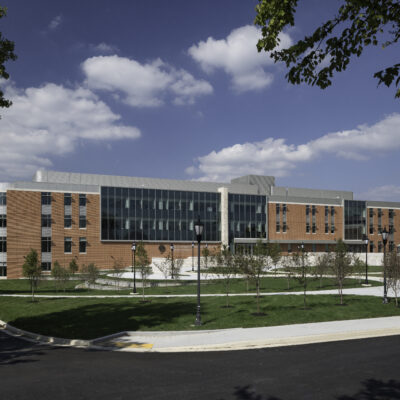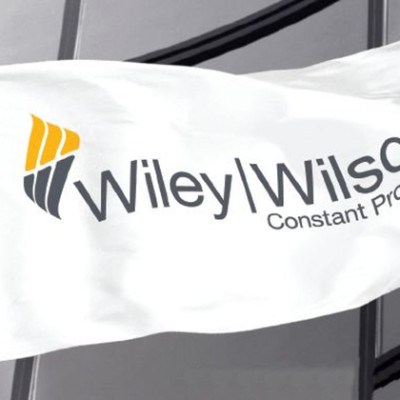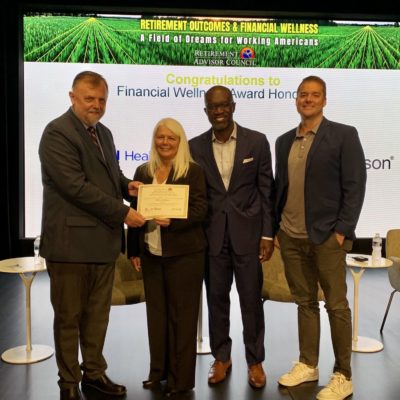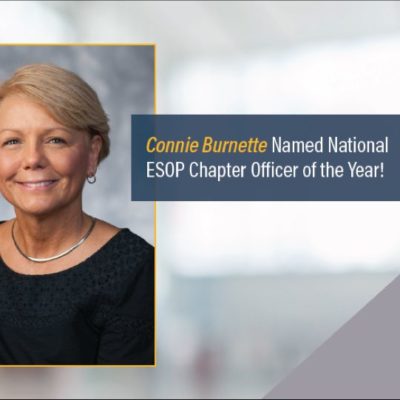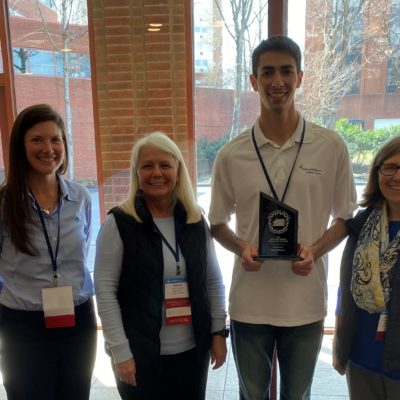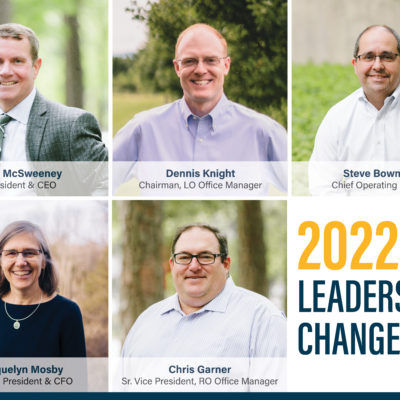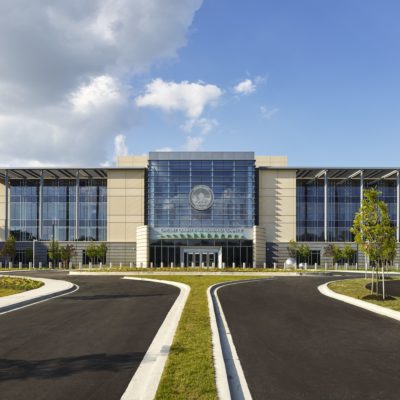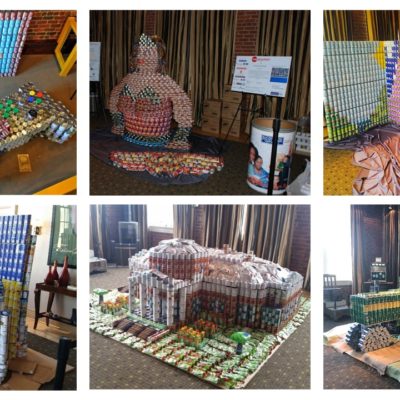Wiley|Wilson-Designed Greater Lynchburg Transit Center Earns LEED Platinum Certification
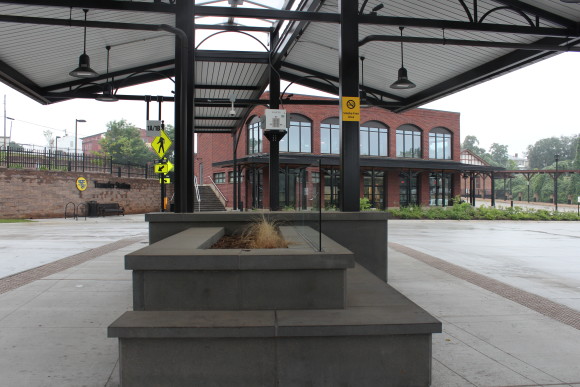
The Greater Lynchburg Transit Company’s new Kemper Street Transfer Station, for which Wiley|Wilson provided engineering design services, was awarded LEED Platinum certification. This pinnacle award recognizes Wiley|Wilson’s focus and expertise on building high-performance, mission-critical infrastructure for our local government clients.
“Our team of engineers was ecstatic to achieve this certification level for the City of Lynchburg and its newest transit facility,” said Thomas L. Fitzgerald, PE, Wiley|Wilson Vice President, Project Manager. “This project marks six years of project engagement on behalf of the Greater Lynchburg Transit Company and the Kemper Street Transfer Station now sets a class-leading example within Region 2000.”
Wiley|Wilson worked with the Greater Lynchburg Transit Company to help transform a dilapidated, unused industrial site into an attractive and engaging facility that can serve as the transportation hub for the region. The company’s comprehensive planning, design, engineering, construction, and commissioning phase support enabled the City of Lynchburg to achieve outstanding performance for the facility in several areas. Wiley|Wilson has completed numerous certification projects that have helped clients realize between 25- and 40-percent reductions in their building operation costs. With several sustainable features and design elements in place, the new Kemper Street Transfer Station will operate more efficiently, leading to continuing savings for the City and its residents.
“The long-term benefits of achieving this level of LEED certification will pay dividends during facility operations for many years to come,” Tom explained. “Sustainability is truly green, as in the color of money, as it keeps more cash in the owner’s pockets due to enhanced building efficiency.”
Key sustainability design features that were recognized in the LEED Platinum certification include:
• Site selection and design
• Use of locally sourced materials
• Water conservation practices
• Integrated stormwater management features
• Green commuting alternatives
• Electric vehicle system integration
• Photovoltaic power systems
• Enhanced indoor air quality
• Multimodal transportation connectivity
• Innovative lighting design
• High-performance HVAC systems
“Along with lower total ownership costs due to decreased power demand and increased operational facility, our design raises the bar on sustainable development with the region,” Tom added. “We congratulate both the City of Lynchburg and the Greater Lynchburg Transit Company on achieving this award and thank our design and construction partners at Wendel and C.L. Lewis for helping us achieve this elevated level of performance.”
About LEED
LEED, Leadership in Energy & Environmental Design, is the most widely used green building rating system in the world, with nearly 69,000 LEED certified commercial buildings in more than 150 countries and territories globally. LEED-certified buildings offer lower operating costs and better indoor environmental quality, making them attractive to a growing group of corporate, public and individual buyers. High-performing building features increasingly enter into tenants’ decisions about leasing space and into buyers’ decisions about purchasing properties and homes.
